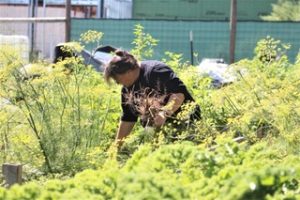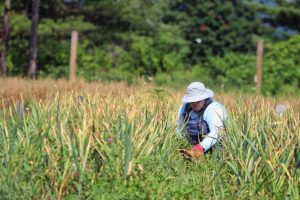The best garlic types to plant in Zone 6
We’re in Zone 6b here at Dragonfly Hill Farm & Kitchen, where we grow a half dozen varieties of heirloom garlic. Through research and experience, we’ve found that the best garlic types for Zone 6 are hardneck garlics. Hardneck garlics are ideal for Zone 6 because they require exposure to the cold winter temperatures to mature and grow.
If you’re not familiar with USDA Hardiness Zones, check out the map. Different plants thrive in each zone depending on the range of average temperatures.
Zone 6 stretches across the country from the mid-Atlantic through Virginia, Kentucky and parts of Missouri, Kansas, and New Mexico. Zone 6 has true summer and winters, ideal for growing hardnecks.
What is hardneck garlic?
Hardneck garlic is one of two main types of garlic, the other being softneck. It has fewer cloves per bulb than softneck, but the bulbs are often larger.
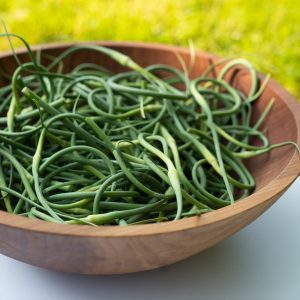
Hardneck garlic types are unique because they require time in the cold ground to grow properly. All hardneck garlic types need exposure to temperatures of 40 degrees F or below for at least 40 days during the maturation and growth process. This makes them perfect for the real winters of Zone 6.
All of the garlic varieties we plant here at Dragonfly Hill are heirloom hardnecks. These specialty varieties are more flavorful than anything you can buy in the grocery store.
We grow varieties like Chesnok Red, Georgian Fire, and Metechi that come from all over the world and carry the stories and flavors of their origins.
When to plant hardneck garlic
- Plant in the fall, between mid-October and mid-November, before the ground is too hard. This gives the garlic plant time to put roots down.
How to plant hardneck garlic
- Pick the biggest cloves from each bulb to plant
- Dig a hole slightly larger than the size of your clove. Plant one clove per hole.
- Space the garlic cloves at least 6” apart when planting. This gives the garlic space for full, fat bulbs to grow.
- Add compost—about a half inch—to the soil to help the cloves to a good start
- Make sure the roots of the cloves go in the holes first
- Gently cover with soil and water deeply
- In the spring, make sure the area is weeded well. Garlic doesn’t do well with competition.
- Add another half inch of compost once the garlic is 4”-6” tall
- Keep the soil watered evenly
- Each hardneck garlic plant will produce a scape around June. Pull the scapes off after it develops the first loop.
- Save the scapes to make pesto, or fry them in butter—yum!
- Harvest the garlic when half the leaves on the plant have turned brown, roughly a month after you harvest the scapes.
 Three Delicious Hardneck Garlic Types
Three Delicious Hardneck Garlic Types
There are hundreds of different types of garlic that you could grow, and it’s hard to narrow down the options. These are three of our favorite hardneck garlic types. We know they grow well in Zone 6 because we grow them on the farm!
- Amish Rocambole – This rocambole type hardneck garlic is an all purpose garlic with a mellow flavor when cooked. Rocambole types are distinguished by the way that their scapes form a beautiful double loop. We recommend using Amish Rocambole in your scrambled eggs in the morning for a burst of flavor.
- Pehoski Purple – This purple stripe type has vibrant purple skin and a mild flavor. It pairs excellently with vegetables. Try adding some Pehoski Purple to your next tray of roasted veggies.
- Romanian Red – This porcelain type has papery white skin and a vibrant spicy flavor. We love to utilize its zesty bite to spice up our usual recipes. Romanian red is excellent in soups, tomato sauce, or as part of a meat rub.
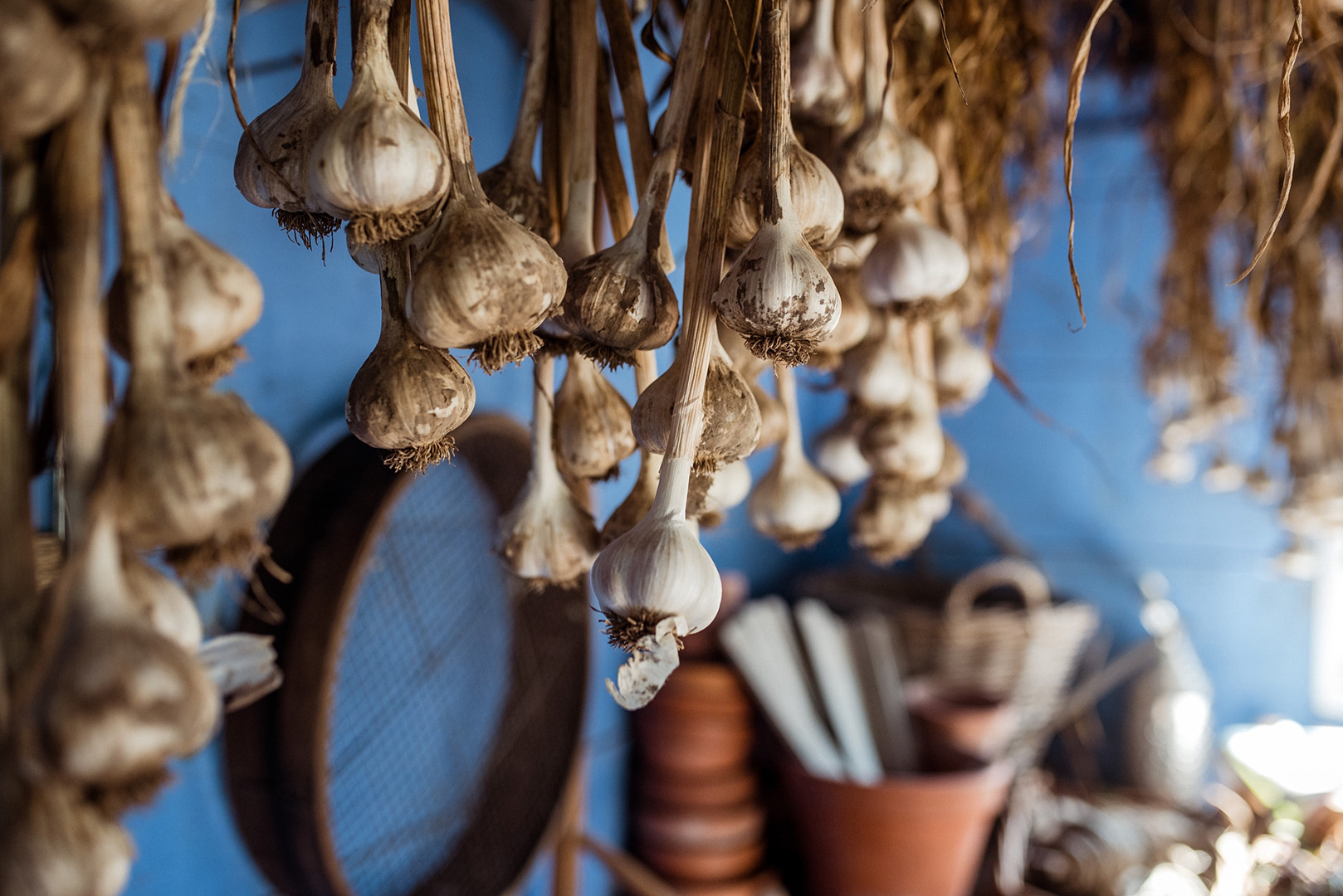
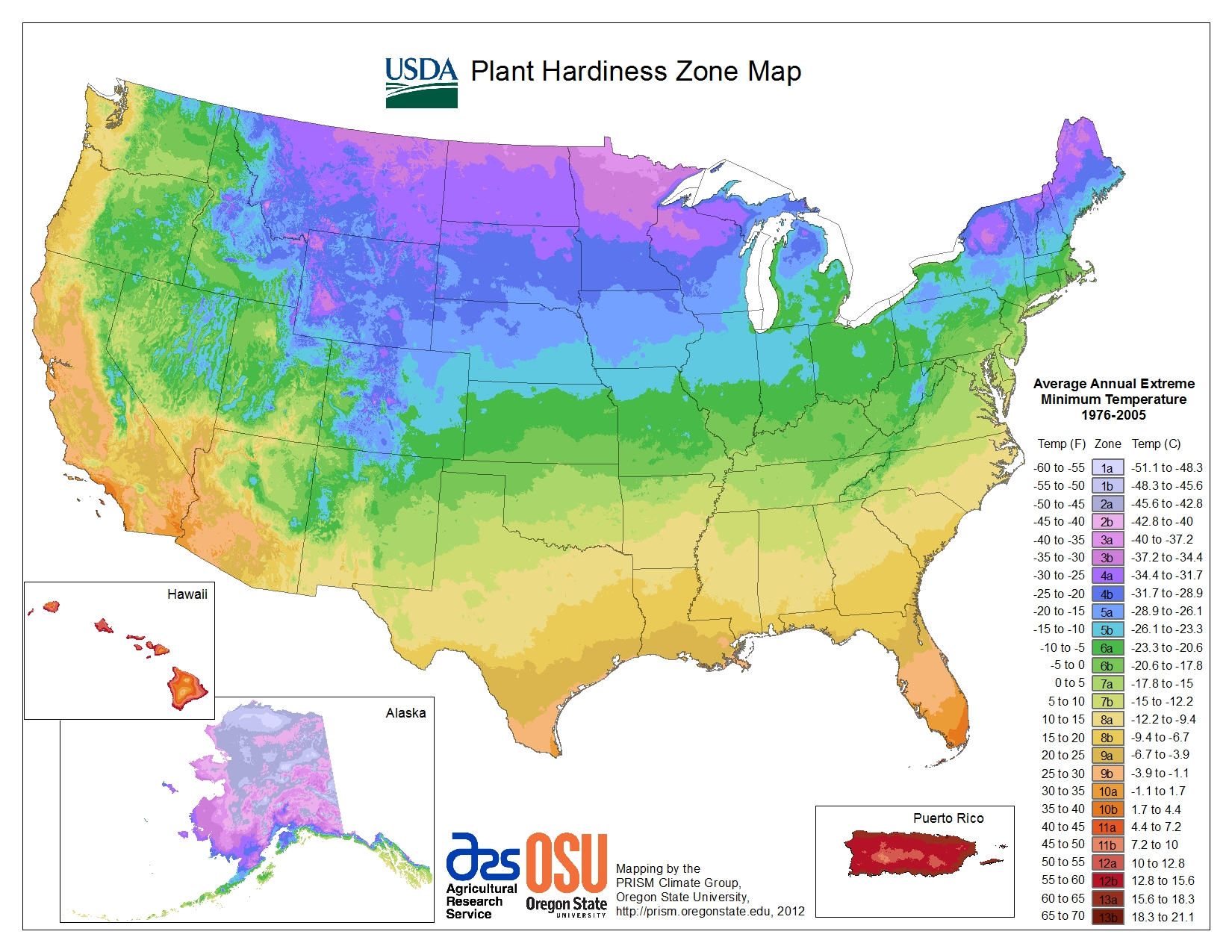
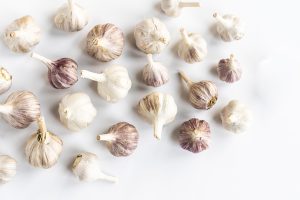 Three Delicious Hardneck Garlic Types
Three Delicious Hardneck Garlic Types